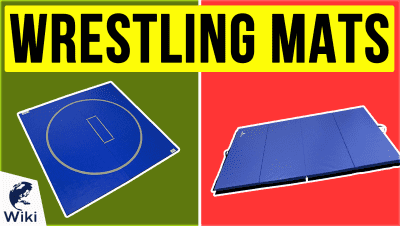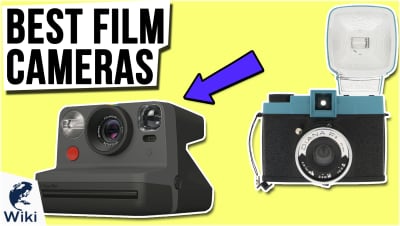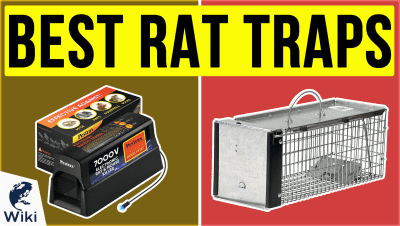877 Area Code Has No Location, Here's Why
Most area codes are connected with specific geographic regions. But others, like 877, are reserved for different purposes. In this guide, we'll look at what an 877 area code means, and why is isn't attached to a particular location. This video was made with Ezvid Wikimaker.
What is Area Code 877?
877 is one of several area codes reserved for toll-free numbers. These are different from other phone numbers because the person or business receiving the call pays for the charge, rather than the person making it. There are several area codes used to identify these numbers, and they all follow the same pattern. They start with 8 and end in two of the same digit. So any time you see an area code like 800, 888, or 877, you'll know that it belongs to a toll-free telephone number.
Other Area Code Rules
- Codes beginning with 37 or 96: set aside for later use
- Codes ending with 11: not used due to potential confusion with 911 and 411
- Codes beginning with 0 or 1: not used due to potential confusion with international calls
How Can I Avoid Calls from Toll-Free Numbers?
- Subscribe to a spam call blocker
- Check your caller ID for a toll-free number area code
- Buy a call blocker for your landline
- Add your number to the Do Not Call Registry
Conclusion
877, and any other area code that starts with an eight and ends with two of the same digit, is set aside to indicate a toll-free number. While individuals can register for toll-free numbers, most of them belong to companies that want to give their customers a free and easy way to contact them. So the next time you see a phone number that begins with 877, you'll know that it probably belongs to a business.
In Depth
Have you ever received a phone call from a number with an area code of 8 7 7 and wondered where it originates? While most area codes are attached to a geographical location or a group of telephone numbers, 8 7 7 is not. It is a three-digit prefix reserved for toll-free numbers.
It is one of several combinations set aside for that purpose, such as 800 and others starting with 8 in which the last two digits are the same. These phone numbers differ from regular ones in that the person or business receiving the call pays the charge rather than the person making it. However, if you dial a toll-free number from a mobile phone, you will still be charged for the minutes used unless you have an unlimited plan. This is an important consideration if you're dialing a company's customer service line because these can be long calls.
Businesses provide toll-free numbers so that customers have a free and easy way to contact them. They were more relevant before the mobile phone explosion made long-distance charges less of a concern. Individuals can have toll-free numbers too. As with businesses, the owner of the line pays all costs.
As with businesses, the owner of the line pays all costs.
Regulated by the Federal Communications Commission, area codes are also known as "Numbering Plan Areas," or NPAs. More than two hundred are currently in use in the United States, out of a total of 680 usable ones. The first digit of the code can be anything from 2 to 9. Zero and 1 are reserved for special use. Other NPAs are reserved for different reasons. For example, those beginning with 3 7 and 9 6 are set aside for unforeseen circumstances in which contiguous area codes might be necessary.
Have you ever wondered how many telephone numbers belong to an area code and how they are assigned to subscribers? Every NPA has 7,920,000 numbers, divided into 792 blocks of 10,000 each. These are allocated to phone service providers, such as Verizon and Sprint, who can then assign them to users. There is a problem with this approach however. Some of the numbers given to a particular company might not be assigned to users, but they are still unavailable for use by other providers. So numbers in an area code where several telephone companies operate can seem to be used up quickly, even though many of them remain unassigned.
After the area code, the next three digits in a telephone number are called the prefix and refer to the exchange or the central switching office. As with the NPA, the first digit can be anything from 2 to 9 while 0 and 1 are reserved for special uses. The last four digits are the subscriber line identifier, or S.L.I.D, and can begin with any number.
After the area code, the next three digits in a telephone number are called the prefix and refer to the exchange or the central switching office.
The next time you receive a phone call from an 8 7 7 area code, you'll know that it comes from a toll-free number. This is also true for any other number starting with 8 where the last two digits are the same. These numbers likely belong to businesses rather than individuals and are not associated with any particular geographical area.












